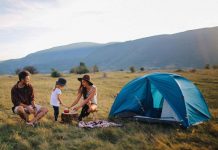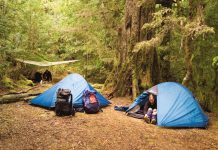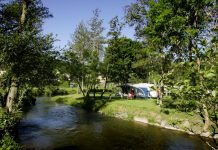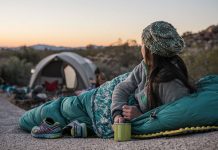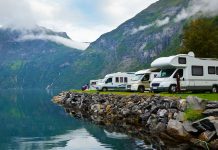The adventurers meet many times the challenge of running out of water. There is plenty of fresh water in nature but many times it is contaminated and it can turn from salvation to sickness in no time.
Here are three methods to keep the danger away but get the water you need.
Filtration
The water filtration is done by pouring water through different fabric consistency of the filters. As the fabric gets thicker the water gets purer.
If the water remains blurry it is recommended to use even a thicker piece of cloth because if there are microorganisms in particles of dust they will not be destroyed during boiling.
Boiling
Through boiling you can destroy the microorganisms in the water. If we are camping on very high ground we should know that the water boils at lower temperature and it will have to boil longer. During boiling the bacteria is killed at 82 degrees Celsius and it is safer to let it boil for 3 to 5 minutes.
Chemical treatment
When there is no fire around and you are hiking on wild ground you can use chemical treatment of the water. This is done through purification water pills you can buy from any drug store.

